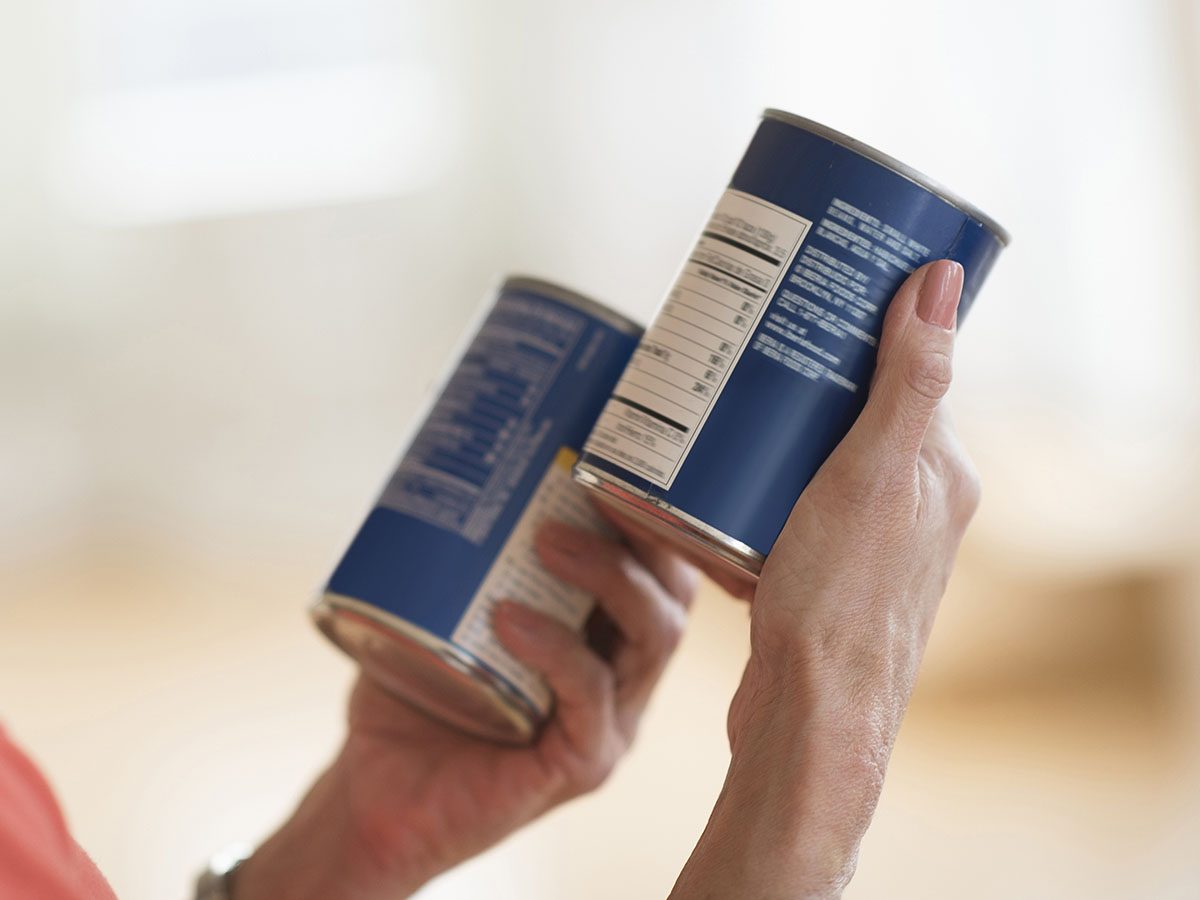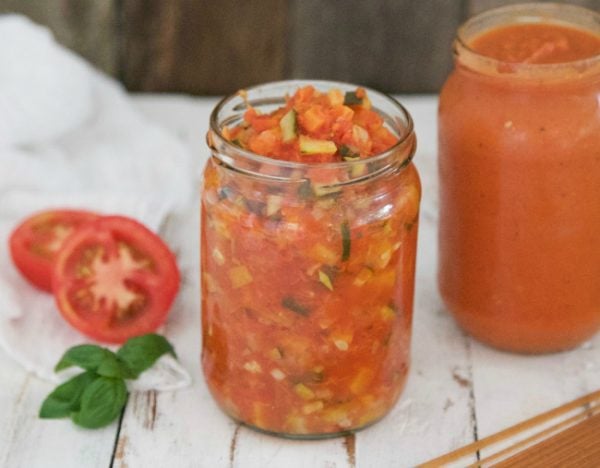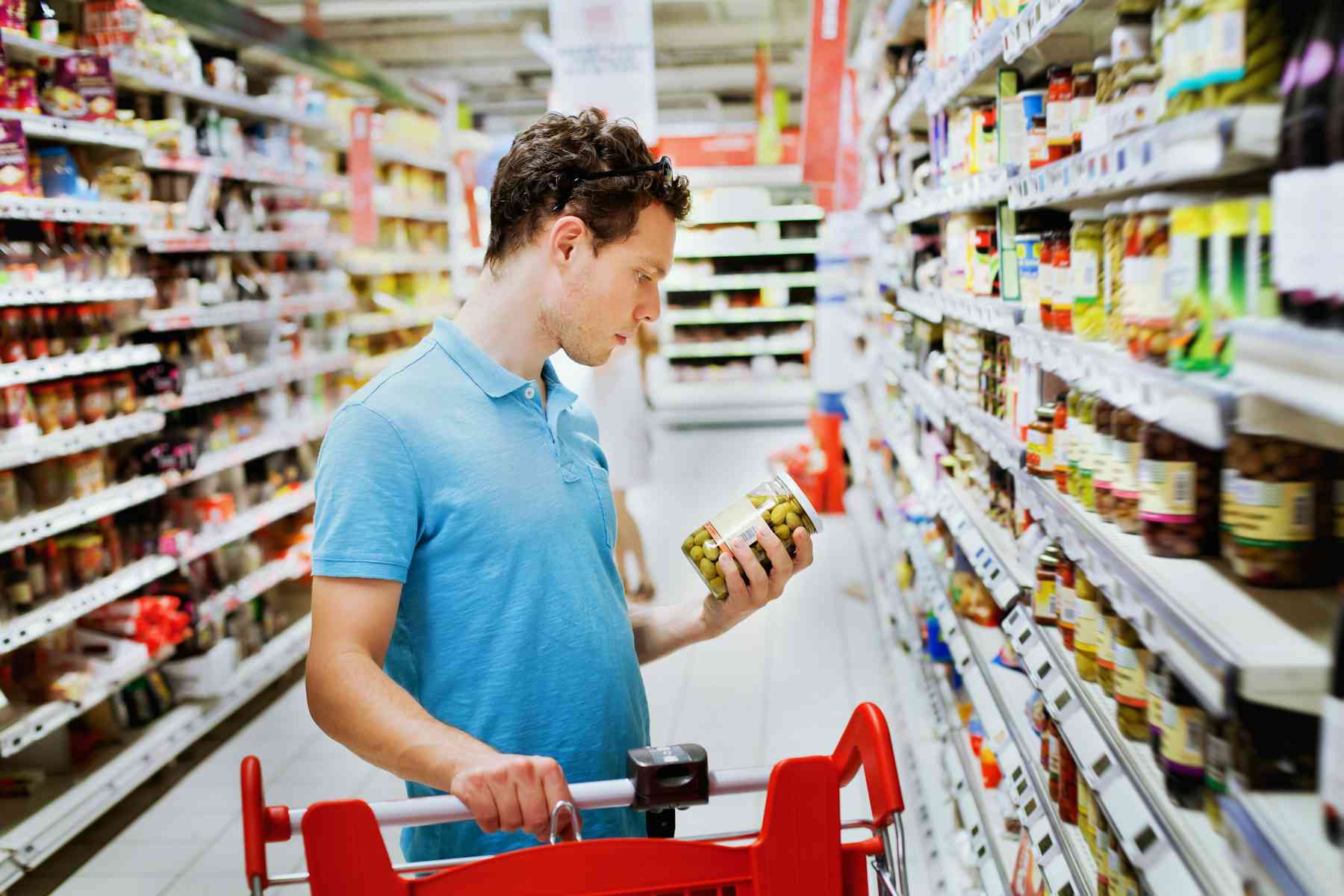38 how to read european food labels
Some Fundamental Differences Between Food Labeling in the US and Europe ... Not the case with EU labels. Instead, they are assigned an identifying number - a three- or four-digit code - known as an "E number." US labels tend to be easier to read and understand. More information is placed in bold text, fonts are larger, and there is more spacing. Reading Nutrition Labels - Cronometer This label type can be found on most American branded products. Key features include: Energy measured in Calories only, Convenient serving size measurement (e.g. cups, oz, fl. oz, Tbsp) Vitamin D, Iron, Calcium, Potassium %DV (based on 2000 kcal diet) Some of the Daily Values have changed.
Understanding European Food Labels - The Half-Empty Salt Shaker If you are limiting your sodium and are reading a package with EU labelling, simply take the amount of "Salt," (listed in grams) divide by 2.5, and then multiply by 1000 to find milligrams.

How to read european food labels
Understanding recycling symbols | Recycle Now It is represented with a 'chasing arrows' symbol surrounding a a number between 1 and 7 that defines the resin used. 1 - PET, used for drinks bottles and some food packaging: Widely recycled. 2 - HDPE, used for cleaning product bottles, milk cartons, etc: Widely recycled. 3 - PVC, used for car parts, window fittings, etc: Not easily recyclable. How to read food labels | Health Advice Hub - Laya Healthcare Sometimes, food labels only give the figure for sodium, and the figure is in mg instead of g. High is more than 1.5g salt per 100g and will be colour-coded red. Moderate is 0.3g-1.5g per 100g and will be colour-coded amber. Low is 0.3g salt or less per 100g and will be colour-coded green. Tip: Particular foods to look out for. Are Food Labels Effective as a Means of Health Prevention? Nutrition labeling in Europe became mandatory for pre-packed food since 13 th December 2011, when the Regulation (EU) No1169/2011 came into effect. It establishes the conditions for a standardized label writing in form and content, and, as regards nutritional declaration, it lays down that manufacturers have to declare the energy value of the ...
How to read european food labels. Food Labeling Guide 4. table of contents 1. i ntroduction 4 2. b ackground 4 3. g eneral f ood l abeling r equirements 5 n ame of f ood 7 juices 5. n et q uantity of c ontents s tatements 14 6. i ngredient l ists 17 ... Food labels - NHS Colour-coded nutritional information tells you at a glance if the food has high, medium or low amounts of fat, saturated fat, sugars and salt: red means high amber means medium green means low In short, the more green on the label, the healthier the choice. Food labelling: country of origin - GOV.UK If poultry, sheep, goat or swine meat is taken from animals born, reared and slaughtered in the same country, you can label it as 'Origin: [name of the country]'. Where reference is made to ... Access2Markets Labelling and packaging - Europa In the case of pre-packaged products, operators are required to state on a label that This product contains genetically modified organisms. This labelling obligation also applies to highly refined products (e.g. oil obtained from genetically modified maize) as well as GM additives and flavourings.
Differences between EU and US nutrition labels go far beyond ounces and ... While it's common practice for labels in the EU to identify food additives by their E Numbers, in the US, additives must be referenced by their common names. "'Sodium caseinate' would be declared... How to Read a Supplement Label - crnusa.org Dietary supplement labels contain valuable information about supplement products. It is important to always read the label and follow the directions. See CRN's "Label Wise" microsite for an interactive "How to Read" guide and to learn more about the Supplement Facts label. Click here for printable PDF . Calories: Reading Labels And Converting Eu & Us. Help! For the US side, the notes are probably "Calorie" with a capital C, indicating that it's "food calories" or "kcal". Meaning the US side would be 8.47kcal/gram, which is close enough to the EU 9kcal/gram. Reading Food Labels - INDI Reading Food Labels. When it comes to clothes, labels are everything....When it comes to food, the story is quite similar. Consumer interest in food labeling is growing. Unfortunately a big barrier to reading food labels is that they are difficult to understand. Shoppers need to have the skills to decode the complicated jargon.
Packaging and labelling | Food Standards Agency (a) on a label attached to the food, or (b) on a notice, ticket or label that is readily discernible by an intending purchaser at the place where the intending purchaser chooses that food. In the... How to read Nutrition Labels - Medium But we never make the effort to calculate our serving size and this information remains hidden in plain sight. 2. Cal, kCal and kJ First up, in the nutrition label world 1 kcal = kilocalorie = 1 calorie. 1 kilo calorie isn't = 1000 calories! PDF 'Best before' date labels - European Parliament According to EU rules, food labelling must meet specific requirements. It must be in language that is easy for consumers to understand, and, if required, in several languages. EU legislation requires that food products bear an indication of either the date of minimum durability ('b est before' date) or of the 'use by' date. Labelling and nutrition - Food Safety Food law establishes the rights of consumers to safe food and to accurate and honest information. In the European Union, the labelling rules enable the citizens to get comprehensive information about the content and composition of food products. Labelling helps consumers to make an informed choice while purchasing their foodstuffs.
EU Nutrition Facts Templates - Ingredients List Label - ESHA Research European Union regulations require that you declare energy, protein, fat, saturated fat, carbohydrates, sugars, and salt. Voluntary nutrients may be shown if they are present in significant amounts. The regulations allow several variations in the labeling format.
How to understand Nutrition food labels (EU/UK) — Gemma Sampson Here enters the need for nutrition labels, and some code to decipher what they mean: Energy. Energy free - less than 4kcal (17kJ) per 100ml. Reduced energy - at least a 30% reduction from the original product/compared product. Low energy - less than 40kcal (170kJ) per 100g for solids OR <20kcal (80kJ) per 100ml for liquids.
Nutrition labelling Q&A | Eufic Food labels help us understand what's in packaged foods. By law, the label must include the energy content in kilocalories (kcal) and kilojoules (kJ), fats, saturated fats, carbohydrates , sugar, protein, and salt per 100 gram (g) or millilitre (ml). 2 This information must be shown together, and is most likely found on the back of the pack.
safefood | How to read food labels Some labels use colour coding to show at a glance if a food is high, medium or low in fat, saturated fat, sugar and salt. Low (green) - the best choice. Medium (amber) - okay most of the time. High (red) - only choose occasionally. If the label isn't colour coded, use our label decoder as a guide. Low (green)
How To Read Food Expiration Dates And Lot Codes Use By: is the closest to an expiration date similar to that on medicines. Using them after the date is not recommended. In some instances, medicines may be ineffective past their "use by" date and...
EU - Labeling/Marking Requirements The number shown in the rectangle on the label indicates the Member State in which the approval process was conducted. A base approval number must also be provided adjacent to this certification. This four-digit number will correspond to the directive and type of device in question.
Nutrition labelling - Food Safety It must provide the energy value and the amounts of fat, saturates, carbohydrate, sugars, protein and salt of the food. The declaration must be presented in a legible tabular format on the packaging. Where space does not permit it, the information may be presented in linear format.
Nutrition Labelling | Eufic EUFIC reviews European evidence on whether nutrition labelling has helped encourage healthy eating. 09 May 2012. A recent review has highlighted the latest research on whether nutrition labelling has been effective in encouraging healthy eating. While the last decade has seen the emergence of a great deal of research in this area...
Food labelling rules in the Netherlands | Business.gov.nl If you sell pre-packaged food, the label must have information on amongst others: the product name name and adress of the manufacturer or responsible entrepreneur the ingredients, including added water, aroma's and e numbers the net quantity quantaties of ingredients in percentages nutritional value

Reading Food Labels-Why You Need to Look on the Back of the Package - The Kidney Disease Scholars
How to Read Food Labels Without Being Tricked - Healthline A good rule of thumb is to scan the first three ingredients, as they make up the largest part of what you're eating. If the first ingredients include refined grains, a type of sugar, or...
Are Food Labels Effective as a Means of Health Prevention? Nutrition labeling in Europe became mandatory for pre-packed food since 13 th December 2011, when the Regulation (EU) No1169/2011 came into effect. It establishes the conditions for a standardized label writing in form and content, and, as regards nutritional declaration, it lays down that manufacturers have to declare the energy value of the ...
How to read food labels | Health Advice Hub - Laya Healthcare Sometimes, food labels only give the figure for sodium, and the figure is in mg instead of g. High is more than 1.5g salt per 100g and will be colour-coded red. Moderate is 0.3g-1.5g per 100g and will be colour-coded amber. Low is 0.3g salt or less per 100g and will be colour-coded green. Tip: Particular foods to look out for.
Understanding recycling symbols | Recycle Now It is represented with a 'chasing arrows' symbol surrounding a a number between 1 and 7 that defines the resin used. 1 - PET, used for drinks bottles and some food packaging: Widely recycled. 2 - HDPE, used for cleaning product bottles, milk cartons, etc: Widely recycled. 3 - PVC, used for car parts, window fittings, etc: Not easily recyclable.












Post a Comment for "38 how to read european food labels"